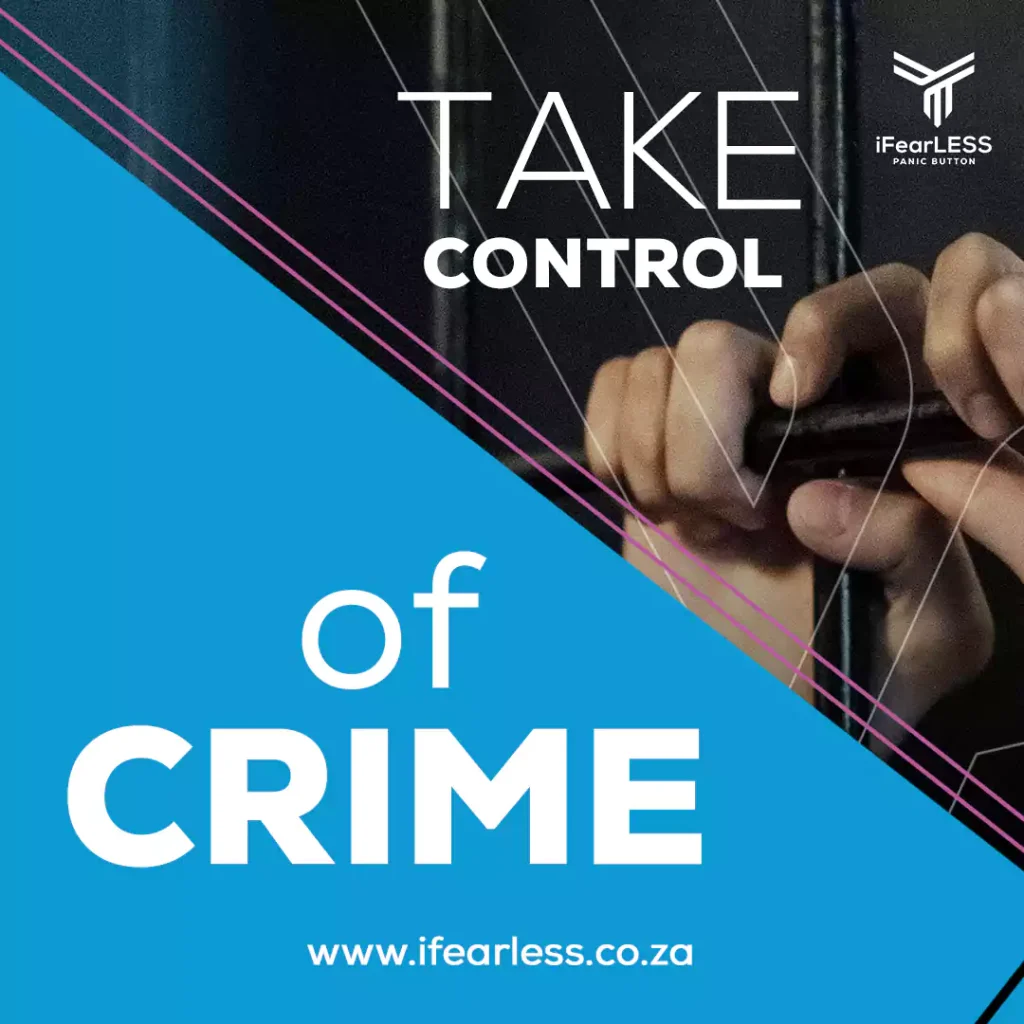Gender-based violence has become alarmingly widespread in South Africa, impacting the lives of many on a daily basis. It is now widely known as one of the country’s most urgent and deeply rooted social challenges. GBV targets individuals based on their gender identity or sexual orientation, with devastating physical, emotional, and societal repercussions. But this issue is not just about the numbers we talk about; it affects real human beings, families, and communities.
By tackling these dimensions, we aim to understand why GBV is a pressing concern and highlight actionable solutions to create a safer, more equitable South Africa.
What is Gender-Based Violence?
Gender-based violence involves harmful behaviors targeted at individuals because of their gender. Although it can affect anyone, women and girls are most often the victims. This violence stems from societal norms, unequal power dynamics, and deeply rooted gender stereotypes that perpetuate inequality.
GBV can take many forms:
- Physical Violence: Includes domestic abuse, assault, or any act that inflicts bodily harm.
- Sexual Violence: Rape, sexual harassment, and exploitation fall under this category.
- Psychological Abuse: Emotional manipulation, stalking, and coercive control.
- Economic Control: Limiting a person’s access to financial resources or employment opportunities.

While these forms of violence occur worldwide, South Africa has its unique challenges rooted in socio-economic and historical inequalities.
Types of Gender-Based Violence in South Africa
As we demonstrate that South Africa grapples with some of the highest GBV rates in the world. The following types of gender-based violence are most prevalent in the country over the years:
1. Domestic Violence
Defined as abusive behavior within familial relationships, domestic violence includes physical harm, verbal abuse, and emotional manipulation. According to South African Police Service statistics, thousands of domestic violence cases are reported every year—but the number is likely far higher due to underreporting.
2. Sexual Violence
Rape and sexual assault are alarmingly common in South Africa. Data reveals that a woman is raped every 25 seconds in the country. Perpetrators often take advantage of economic vulnerability, targeting those who lack the means to protect themselves or seek justice.
3. Femicide
The murder of women due to their gender is tragically prevalent in South Africa. South Africa’s femicide rate is five times higher than the global average, highlighting deep-rooted inequality and the breakdown of social structures.
4. Human Trafficking and Sexual Exploitation
Gendered patterns in human trafficking are startling. Many women and children fall victim to trafficking and are coerced into sexual exploitation. This form of violence is closely tied to socio-economic vulnerabilities, including youth unemployment.
5. Online Gender-Based Violence
With the rise of digital platforms, new types of GBV have emerged. Cyberbullying, sextortion, and online harassment disproportionately impact women and members of the LGBTQIA+ community.
Who Are the Main Victims of Gender-Based Violence?
Research consistently shows that women and children make up the majority of GBV victims. Those most at risk include vulnerable groups such as low-income women, migrant laborers, and people living in remote or rural communities. Additionally, the LGBTQIA+ community faces violence because of societal stigma and discrimination.
The Link Between Youth Unemployment and Victims of GBV
Over the years South Africa’s staggering youth unemployment rate, which sits at over 60%, plays a significant role in perpetuating GBV. Poverty and lack of economic opportunities create an environment where young people, particularly women, are more susceptible to exploitation.

How This Connection Fuels Violence:
- Economic Dependency
Women often stay in abusive relationships out of financial reliance, further entrenching patterns of abuse.
- Vulnerability to Trafficking
Unemployed youth, desperate for work, are easy targets for human traffickers who promise jobs but deliver exploitation.
- Rise in Criminal Behaviors
Frustration stemming from unemployment correlates with increased levels of domestic violence and sexual assault.
Combating youth unemployment is critical to reducing GBV, as socio-economic upliftment directly impacts the safety and autonomy of those most vulnerable.
The Impact of Gender-Based Violence in South Africa
The impact of gender-based violence extends well beyond the individuals directly affected, causing long-term harm to families, communities, and society as a whole. Some of the key impacts include:
- Physical Health Effects
Survivors often suffer injuries, chronic pain, and long-term health issues resulting from abuse.
- Mental Health Consequences
Depression, PTSD, and anxiety are widespread among GBV survivors.
- Economic Loss
Victims frequently lose wages, face medical expenses, or struggle with diminished earning capacity due to the trauma of GBV.
- Social and Cultural Deterioration
GBV undermines social cohesion, contributing to cycles of poverty and perpetuating systemic inequality.
Why Gender-Based Violence is a Serious Concern in South Africa
The prevalence of GBV in South Africa places it as one of the country’s most critical human rights issues. High rates of violence create an environment where individuals feel unsafe at home, in public, and online. Combined with a strained justice system that struggles to hold perpetrators accountable, GBV remains one of the biggest challenges South African society faces.
How the iFearLESS App is Fighting GBV
Social problems require innovative solutions, and the iFearLESS App is doing just that. Designed to empower survivors and those at risk, the app offers a lifeline in the fight against GBV.
Key Features of iFearLESS:
- Emergency Help
With a simple tap, users can alert trusted contacts or emergency services if they feel unsafe.
- Educational Resources
The app provides information on identifying GBV, legal rights, and steps to seek help.
- Community Support
iFearLESS creates a safe and inclusive space where survivors can share experiences anonymously.

With tools like iFearLESS, technology is bridging gaps in safety and support, helping to build a safer South Africa.
How iFearLESS is Helping Create a Safe South Africa for Everyone
At its core, iFearLESS is about community and empowerment. By leveraging technology, it addresses the urgent need for safety, support, and advocacy around GBV. Yet, no single app or platform can tackle GBV alone. Addressing the root causes of gender based violence requires coordinated action and systemic change across government, the private sector, and civil society.
It’s time to do your part. Share this blog, start conversations, and download the iFearLESS app today. Together, we can create a South Africa where safety and equality are rights, not privileges.
Download iFearLESS App and take control of your life-
Download from the Google Play Store and from App Store
Final Verdict
Gender-based violence in South Africa continues to evolve in both form and frequency, deeply intertwined with systemic issues like youth unemployment. The economic desperation among young people has created fertile ground for exploitation, coercion, women and child abuse, further intensifying the existing types of gender-based violence in the country.
The iFearLESS app steps in as a vital tool, offering not just awareness but also practical solutions for personal safety. With features like self-defense resources, emergency alerts, and educational modules, it empowers users, especially the vulnerable youth to navigate high-risk environments with confidence. As the nation confronts this dual crisis, tech-driven safety solutions like iFearLESS are not just timely, they’re necessary.






